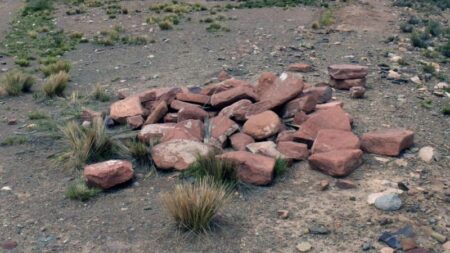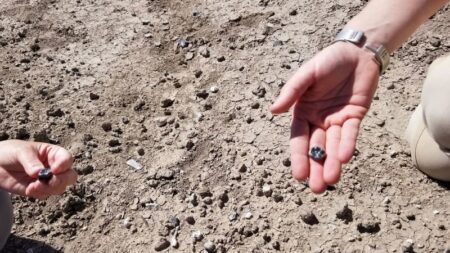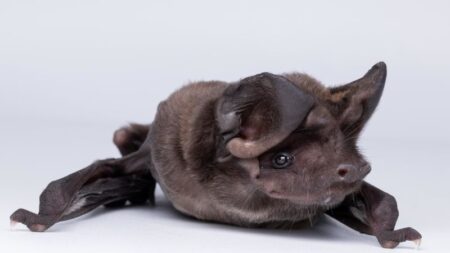The evolutionary story of two of the planet’s most peculiar animals—the platypus and the echidna—has recently taken a fascinating twist, thanks to the insights gained from a single fossil specimen. This specimen is thought to represent a long-extinct ancestor, challenging the existing understanding of how primitive mammals have evolved. This investigation not only sheds light on these unique creatures but also hints at the broader evolutionary narrative of mammals that thrive on Earth today.
The platypus and echidna, both native to Australia and New Guinea, belong to a rare group known as monotremes. These remarkable mammals exhibit a defining feature: they are the only mammals that lay eggs, a trait shared with birds and reptiles. Monotremes diverge significantly from the more traditional mammals that bear live young, making them a topic of great interest among scientists studying the history of mammals.
The platypus is a remarkable creature, characterized by its duck-like bill, webbed feet, and beaver-like tail, which it utilizes while swimming in search of sustenance. In contrast, the echidna, sometimes labeled as the spiny anteater, is terrestrial in nature, covered in quills, and boasts unique anatomy, including backward-facing rear feet that help it burrow into the soil. Both species share a distinctive feature: they produce milk but lack nipples; instead, they secrete it through their skin for their offspring, affectionately termed puggles, to lap up.
Dr. Guillermo W. Rougier, a notable professor in the Department of Anatomical Sciences and Neurobiology at the University of Louisville, has extensively studied early mammalian evolution. He emphasizes the significance of monotremes in understanding the biology of ancient mammals, claiming that the mammals coexisting with dinosaurs had more in common with monotremes than with contemporary mammals, such as dogs, horses, or humans. These unique animals serve as a window into the origins of mammalian life, offering hints as to how their ancestors might have functioned millions of years ago.
A pivotal study published in *Proceedings of the National Academy of Sciences* advanced this discussion, led by paleontologist Suzanne Hand from the University of New South Wales. The research unveiled insights into the internal structure of Kryoryctes cadburyi, the only known fossil of a monotreme ancestor, dating back over 100 million years. The fossilized humerus was unearthed in 1993 at Dinosaur Cove in southeastern Australia. Despite appearing superficially similar to an echidna’s bone, the researchers discovered features more akin to those of the aquatic platypus upon further examination.
Utilizing advanced 3D imaging technology allowed the researchers to visualize previously unobserved characteristics within the fossil. They unearthed indications of semiaquatic adaptations akin to those of the modern platypus—thicker bone walls and smaller central cavities, both of which contribute to greater density in bones, a feature beneficial for aquatic living by reducing buoyancy and facilitating diving.
This discovery lends support to the hypothesis suggesting Kryoryctes could represent a common ancestor for both the platypus and echidna. According to Hand, this ancient lineage may have partaken in an amphibious lifestyle long before the rise of modern mammals, while the echidna’s fully terrestrial existence emerged considerably later.
An intriguing aspect of evolution comprises transitions between land and aquatic environments. While the evolution of dolphins and whales from land mammals is well-documented, cases of the reverse shift are relatively scarce. Such transitions demand extensive modifications to the musculoskeletal system, including changes in limb positioning and bone density. Interestingly, Hand proposes that the echidna’s backward-facing feet could stem from adaptations inherited from aquatic ancestors.
Dr. Rougier lauds the findings, asserting they clarify early adaptations to a semiaquatic lifestyle and elucidate the primitive history of these remarkable creatures. He believes understanding monotremes is essential for unraveling the complex evolutionary history of mammals, which includes humans. He reminds us that monotremes are living relics from a distant past; the last common ancestor between humans and platypuses existed over 180 million years ago, demonstrating how essential these unique mammals are in piecing together our shared biological history.
In summary, the exploration of platypus and echidna ancestry reveals not only their unique traits but also contributes broadly to our comprehension of mammalian evolution. These studies serve as an evolving story connecting the past and present of life on Earth, providing a comprehensive understanding of how life on land and in water has shaped the creatures we encounter today.











